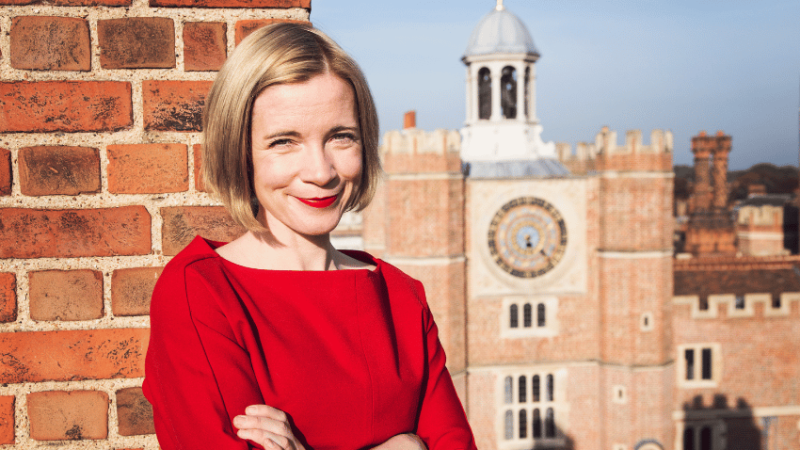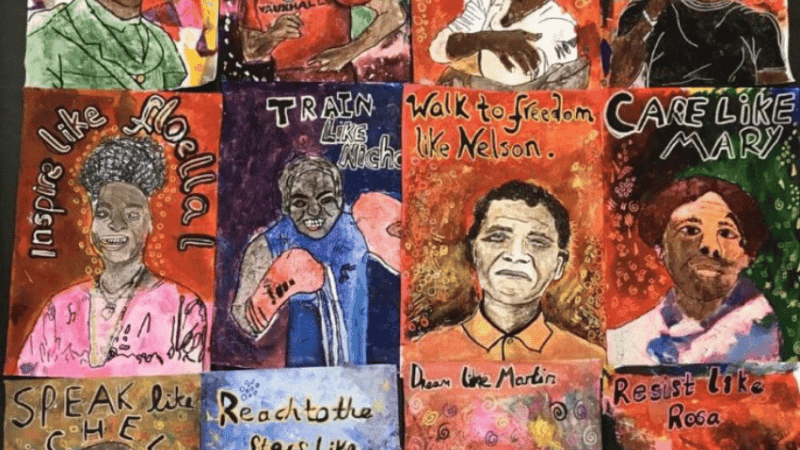The Truth About Myths – Engaging Today’s Learners With A Little Ancient History
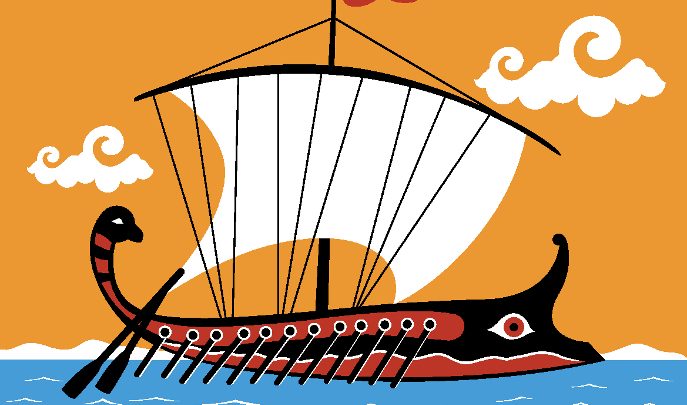
While old fables may seem outdated, they provide us with valuable insights. The key is identifying the core message and how it relates to us today.
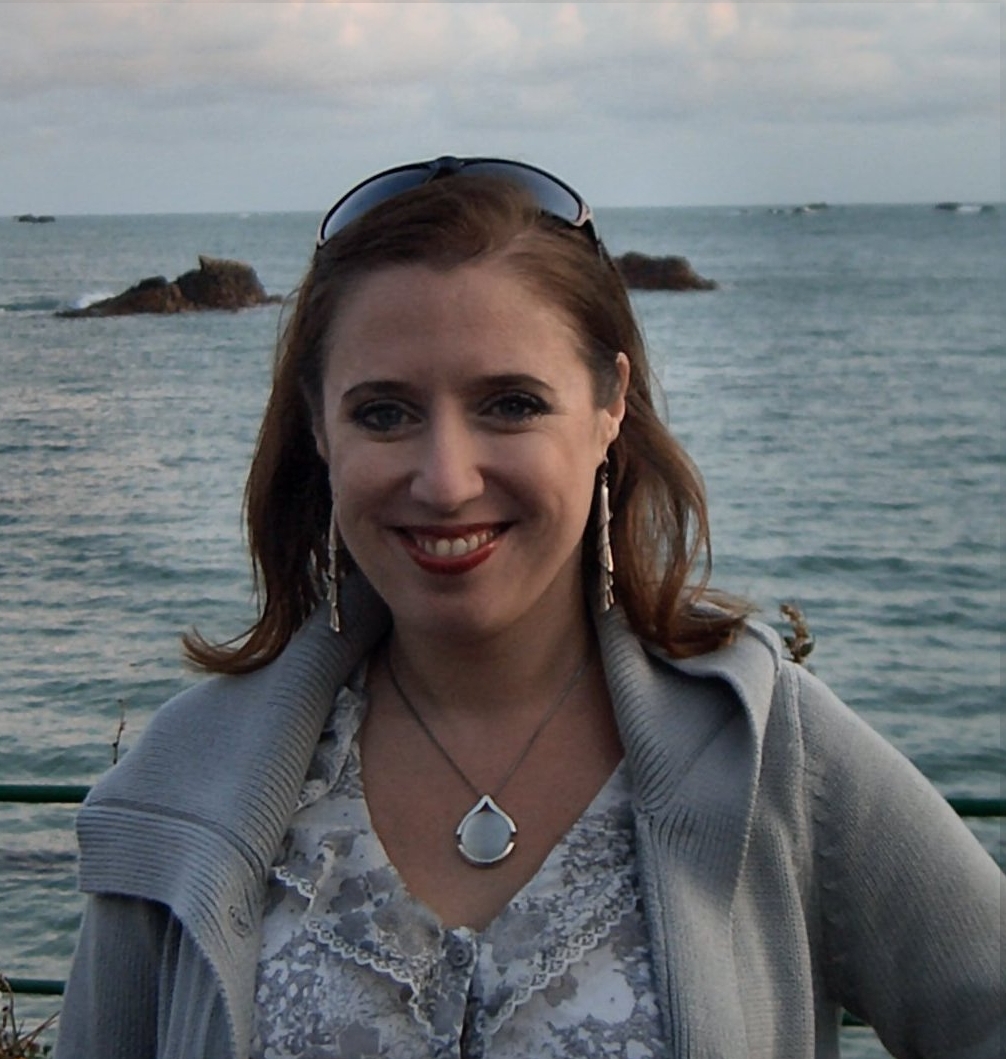
- by Alison Davies
- Creative practitioner and writer
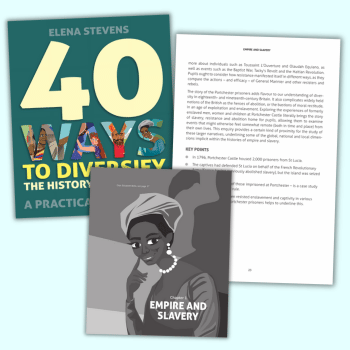
Myths were created for a specific purpose. Our ancestors believed that everything happened for a reason, so they used narratives to explain natural phenomena like the existence of the sun and moon, and the reason we have night and day.
Now, of course, we understand the science behind such occurrences – but we still use stories as a way of experiencing events and situations that are out of our reach. Myths may seem outdated, but they provide us with valuable insights and can be used as exciting teaching tools. The key is identifying the core message and how it relates to us today.
To gain a deeper understanding, we need to look through the eyes of the Ancients and see the world from their perspective.
Seasons of change
The Greek goddess Persephone was kidnapped by the God Hades, who spirited her to the Underworld, an event which was orchestrated by the king of the gods, Zeus. Her mother Demeter searched high and low for the girl, and when she discovered the truth she petitioned Zeus for his help. He took pity on Demeter and agreed that Persephone could spend half the year in the land of the living but the remaining months she would have to stay in the underworld, as she’d already tasted the food of this realm, in particular some pomegranate seeds. The bounty of spring and the sudden flowering of the meadows mark her return to our world every year. When she departs for the Underworld the seasons change and the plants and flowers wither as winter approaches.
This poignant tale goes some way to explain the changing of the seasons and the cycles of life, with an otherworldly theme. To our ancestors it must have seemed like godly intervention as the leaves began to fall and summer rolled into autumn and then winter.
• Ask the class what they think the core message is. If they had to describe it in one sentence what would they say?
• Use the story as a starting point for a discussion which looks at climate change, different weather systems and the environment, in particular the circumstances required for crops to grow in different countries. Then take it a step further and encourage students to consider the outcome of the myth if it were set in a different country. Does the landscape and weather have an effect on the way the story plays out?
Split the students into groups and encourage them to write a new narrative to explain the threat of global warming today. Encourage them to be creative and reveal how the gods could influence our behaviour to reduce its impact on the environment.
Be super creative and get them to imagine they’re part of a supernatural advertising company! They must come up with a myth to tackle the effects of global warming and help humans understand what needs to be done. They should either create a billboard advertising poster with a tag line, or a storyboard for a TV advert.
One for all
In some cases it’s possible to use the same myth and relate it to different subject areas within the curriculum. For example, take the myth of the Golden Apple:
Eris, the Greek goddess of discord wasn’t invited to the wedding of King Peleus and his sea nymph bride, Thetis. In anger she decided to cause trouble by throwing a golden apple marked ‘to the fairest’, into the crowd of guests. Three deities claimed the prize: Hera, Athena and Aphrodite. Kings of the gods Zeus could not decide between them so he gave the job to the Trojan prince Paris. The goddesses tried to bribe him, but it was Aphrodite who won by promising him the hand of the most beautiful woman in the world, Helen of Sparta. Unfortunately because Helen wasn’t free, this sparked the beginning of the Trojan war!
• This could be used in a session to illustrate the importance of statistics, looking at the three choices Paris had, and the likelihood of a positive or negative outcome. Could he have anticipated the trend in what was to come, had he done thorough research not only into Aphrodite’s offer, but also her past history for causing problems of the heart?
• The same myth could also be used as a springboard to discuss famous wars in history, and the reasons they started and then escalated.
• The story could also be used in a creative writing exercise. What would be the outcome had Eris been invited, instead of shunned? Would she have caused chaos, as is her nature, or could the entire Trojan war have been avoided? Perhaps if Zeus hadn’t delegated the decision to Paris, things would have gone differently. Encourage the class to come up with different versions of the same myth and look at how the themes change. Take this a step further and ask them to think about real instances in politics when decisions could have been avoided, or gone another way.
Original thinking
Get the class to create their own myths as a way of understanding different topics. They’ll gain a deeper insight into the subject, whilst exercising their creative muscles and generating new ideas.
• Split the students into groups and give them a selection of popular myths to read.
• Next give them random scenarios which relate to their current studies. For example, you might be studying a particular event in history, like a battle or a period of civil, unrest or maybe you’re looking at a scientific discovery and how this changed events thereafter? Ask them to write a brief outline of the story as they understand it.
• Encourage them to consider the core message of the tale.
• Now ask them to come up with a fantastical tale which illustrates the same core truth. They can take inspiration from the myths already provided.
• Take this a step further and get them to storyboard their myth, comic book style; or if they’re feeling really imaginative they can act it out for the rest of the group.
• Ask them how the myth version made them feel? Did it help to bring the subject to life?
Alison Davies is an author of several fiction and non-fiction books, a professional storyteller and a creative practitioner. She runs workshops at universities throughout the UK, showing academics, students and early years practitioners how stories can be used as tools for teaching and learning.







